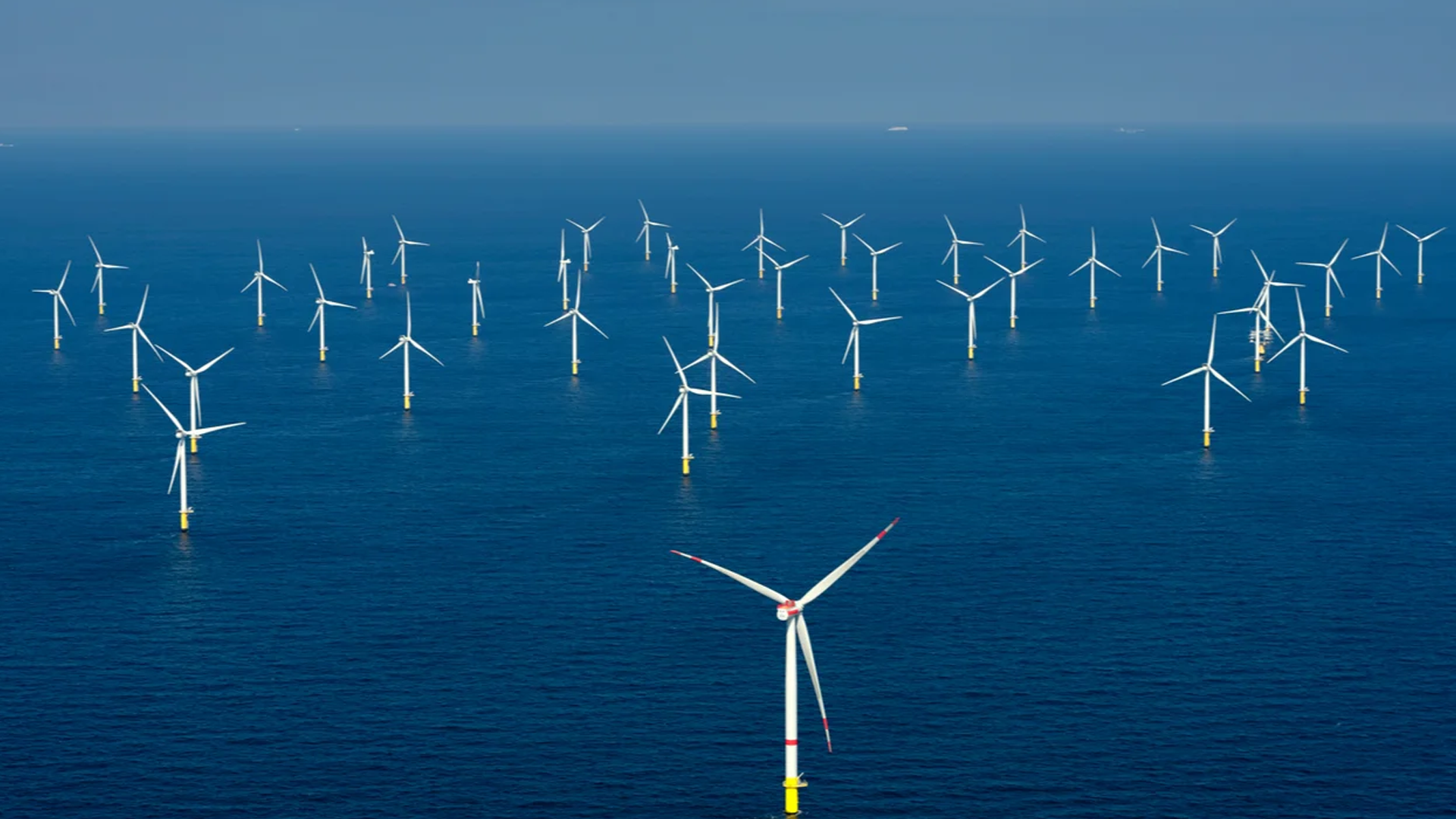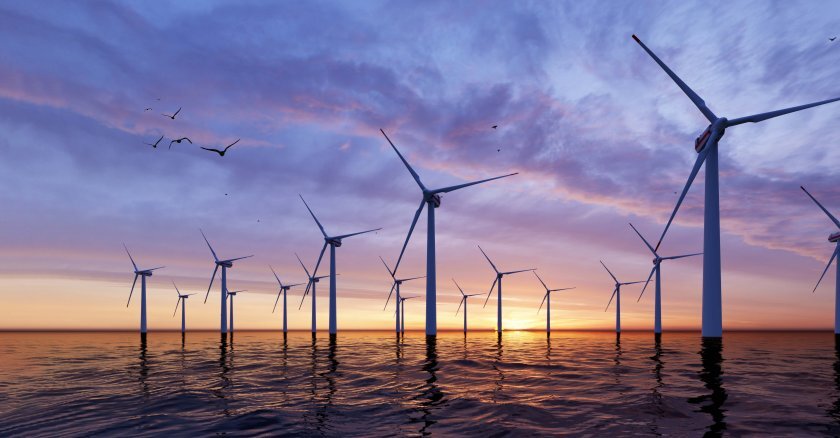Harnessing the Power of Offshore Wind

Offshore wind turbines rising out of the ocean, capturing renewable energy for coastal cities.
The Dive
Offshore wind energy represents one of the most promising frontiers of renewable power. Unlike land-based turbines, offshore turbines capture the stronger and steadier winds that sweep across the open ocean. The National Renewable Energy Laboratory estimates that the U.S. offshore wind resource potential is more than 4,200 gigawatts—three times the electricity the nation consumes each year. That means offshore wind could supply not just some, but nearly all of America’s electricity needs if fully developed.
To harness this power, engineers build turbines that are astonishing in size. Some offshore turbines are taller than one and a half Washington Monuments, with blades as long as a football field. Their scale is not just impressive—it’s practical. The larger the turbine, the more electricity it can produce, which means fewer turbines are required for each project. This reduces costs and makes offshore wind a competitive player in the energy market.
Developing offshore wind is not just about turbines—it’s about building an entire supply chain. The United States has already invested billions of dollars in new ports, manufacturing facilities, and specialized ships to install and maintain offshore wind farms. Experts predict that reaching 30 gigawatts of offshore wind by 2030 will require over 2,000 turbines, 6,800 miles of undersea cables, and tens of thousands of workers. In this sense, offshore wind isn’t just clean energy; it’s an economic engine.
Once turbines generate electricity, the power must travel back to land. This happens through undersea cables buried in the seafloor, which carry electricity to coastal stations before feeding it into the larger electrical grid. This proximity to population centers is one of offshore wind’s greatest advantages. Because most Americans live near coastlines, offshore projects can provide clean electricity without long-distance transmission lines, reducing both costs and inefficiencies.
However, most U.S. offshore wind resources are in deep waters where traditional foundations—steel piles fixed to the seabed—aren’t feasible. To solve this problem, engineers are developing floating platforms. These structures, such as semi-submersibles and spar-buoys, allow turbines to float in deep water while still capturing powerful winds. About 80% of planned U.S. offshore projects are expected to use floating technology, making this one of the most important innovations in renewable energy.
Offshore wind is also well-timed to meet energy demand. While onshore winds are often strongest at night, offshore winds peak in the afternoon and evening—exactly when cities use the most electricity. This alignment makes offshore wind a reliable partner in balancing the grid and reducing dependence on fossil fuels.
Despite its promise, offshore wind faces challenges. Projects must navigate environmental regulations, community concerns, and significant upfront costs. Recent political shifts, such as executive orders withdrawing leasing areas, show how policy can either accelerate or delay progress. Still, global examples—from Europe to Asia—prove that offshore wind can thrive with stable investment and regulatory support.
At its core, offshore wind is about more than energy. It is about reshaping the American economy and addressing climate change. From the first small projects at Block Island and Coastal Virginia to the new South Fork Wind Farm powering tens of thousands of homes in New York, offshore wind marks a turning point. It shows how science, policy, and innovation can come together to transform the way we power our world.
Why It Matters
Offshore wind energy shows how innovation and policy can reshape our energy future. By capturing the power of ocean winds, we can provide clean electricity close to where most Americans live, reduce reliance on fossil fuels, and create thousands of jobs. Understanding offshore wind is key to imagining a future where climate solutions don’t just protect the planet—they power entire communities.
?
Why is offshore wind considered more reliable than land-based wind in terms of timing and energy demand?
How does the size and scale of offshore wind turbines make them more efficient than smaller land-based turbines?
Why are floating platforms such an important innovation for offshore wind in the United States?
What kinds of jobs and industries are created by building offshore wind supply chains?
How do government policies and regulations affect the growth of offshore wind projects?
How does offshore wind energy help reduce dependence on fossil fuels and fight climate change?
Dig Deeper
Explore how wind turbines convert wind into electricity, and the challenges of powering the world entirely with wind energy.
One small twist could revolutionize offshore wind: making turbines float. Most wind blows across deep water—can floating turbines harness that power?
Related

Climate Change and Its Impact on the Future
Climate change is reshaping our planet. From rising temperatures to more extreme weather events, what can we do to mitigate its effects and create a sustainable future?

Powering the Future: Energy and Renewable Solutions
From sunbeams to spinning turbines, renewable energy is shaping our planet’s future. Learn how energy works, where it comes from, and how engineers are helping build a cleaner, brighter tomorrow.

Climate Science: How Our Planet Keeps Its Cool… and Why It’s Getting Hotter
Climate science helps us understand how the planet stays warm, why it's getting warmer, and what we can do about it.
Further Reading
Stay curious!
